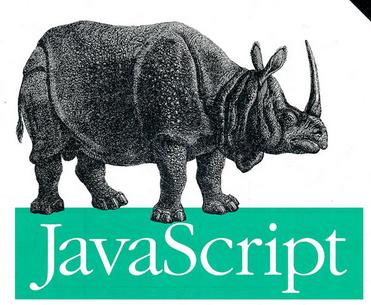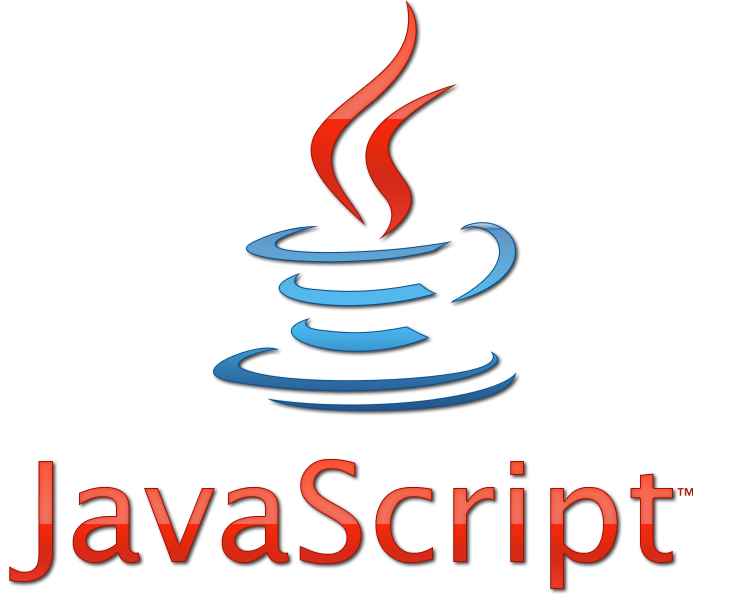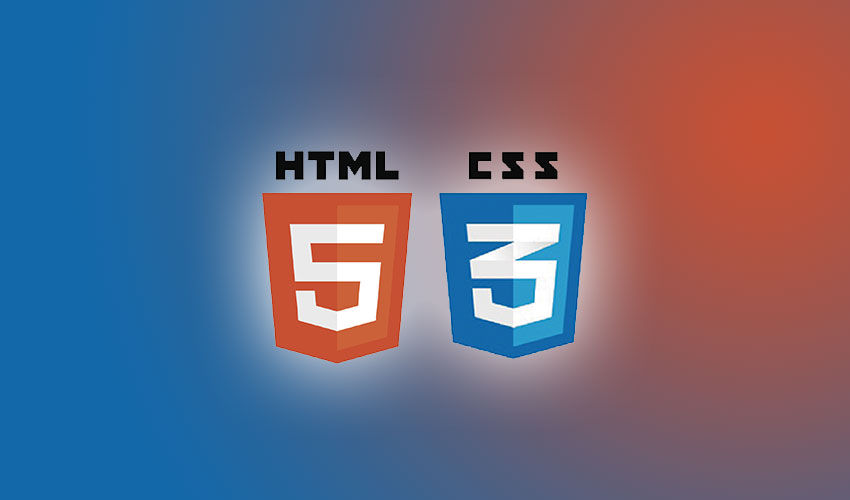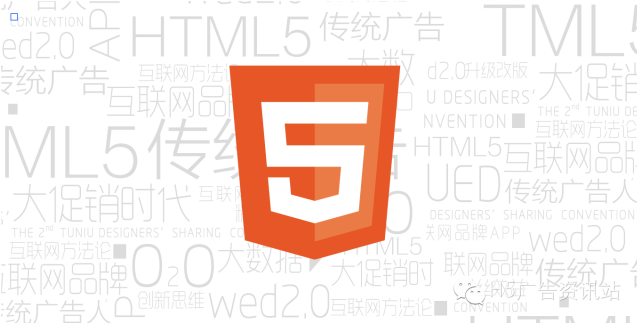5 recommended articles about chart applications
xCharts - Detailed code explanation of JavaScript chart library based on D3 (picture) xCharts is a JavaScript chart library based on D3. pretty. In addition, the design of xCharts is very flexible, the configuration is relatively simple, and the loading speed is not bad. It is a JavaScript chart application that is very open and customizable. The features of xCharts are based on JavaScript, so it can be used as long as you have a browser, and the platform compatibility is good. Open and customizable, so configuration is quite flexible. SVG format is supported, so chart data can also be easily exported. xCharts uses simple column chart JavaScript code: var data = { "xScale": "ordinal", "yScale
1. 10 course recommendations about chart libraries

##Introduction: xCharts - Detailed code explanation of JavaScript chart library based on D3 (picture) xCharts is a JavaScript chart library based on D3. xCharts is very powerful. It not only supports a variety of chart types, but also has a rich chart theme style. , and very beautiful. In addition, the design of xCharts is very flexible, the configuration is relatively simple, and the loading speed is not bad. It is a JavaScript chart application that is very open and customizable, so... .
2. xCharts-D3-based JavaScript chart library code details (picture)

Introduction: xCharts is a JavaScript chart library based on D3. xCharts is very powerful. It not only supports a variety of chart types, but also has rich chart theme styles and is very beautiful. , the design of xCharts is very flexible, the configuration is relatively simple, and the loading speed is not bad. It is a JavaScript chart application that is very open and customizable. The characteristics of xCharts are based on JavaScript, so it can be used as long as you have a browser. The platform compatibility is good. It is open and customizable, so the configuration is quite flexible. It supports SVG format, so...
##3.Sample code of pure JavaScript chart component dhtmlxChart

 ##Introduction: In the previous article , we have already shared 8 very good Java chart applications, but when it comes to chart applications, web charts made with HTML5 and jQuery are more convenient and usable, and they are more flexible to customize in terms of function and appearance. This article will share with you 9 classic and gorgeous HTML5 chart applications. It may be helpful to your front-end development. Let’s take a look. 1. Super cool HTML5 Canvas chart application Chart.js Today we are going to introduce Chart.js, a chart application based on HTML5 Canvas. It is very powerful and has many chart types..
##Introduction: In the previous article , we have already shared 8 very good Java chart applications, but when it comes to chart applications, web charts made with HTML5 and jQuery are more convenient and usable, and they are more flexible to customize in terms of function and appearance. This article will share with you 9 classic and gorgeous HTML5 chart applications. It may be helpful to your front-end development. Let’s take a look. 1. Super cool HTML5 Canvas chart application Chart.js Today we are going to introduce Chart.js, a chart application based on HTML5 Canvas. It is very powerful and has many chart types..
5. HTML5 Canvas chart application Chart.js custom prompt line chart
##Introduction : HTML5 Canvas chart application Chart.js custom prompt line chart
The above is the detailed content of 5 recommended articles about chart applications. For more information, please follow other related articles on the PHP Chinese website!

Hot AI Tools

Undresser.AI Undress
AI-powered app for creating realistic nude photos

AI Clothes Remover
Online AI tool for removing clothes from photos.

Undress AI Tool
Undress images for free

Clothoff.io
AI clothes remover

Video Face Swap
Swap faces in any video effortlessly with our completely free AI face swap tool!

Hot Article

Hot Tools

Notepad++7.3.1
Easy-to-use and free code editor

SublimeText3 Chinese version
Chinese version, very easy to use

Zend Studio 13.0.1
Powerful PHP integrated development environment

Dreamweaver CS6
Visual web development tools

SublimeText3 Mac version
God-level code editing software (SublimeText3)

Hot Topics
 1672
1672
 14
14
 1428
1428
 52
52
 1332
1332
 25
25
 1277
1277
 29
29
 1257
1257
 24
24
 Python vs. JavaScript: The Learning Curve and Ease of Use
Apr 16, 2025 am 12:12 AM
Python vs. JavaScript: The Learning Curve and Ease of Use
Apr 16, 2025 am 12:12 AM
Python is more suitable for beginners, with a smooth learning curve and concise syntax; JavaScript is suitable for front-end development, with a steep learning curve and flexible syntax. 1. Python syntax is intuitive and suitable for data science and back-end development. 2. JavaScript is flexible and widely used in front-end and server-side programming.
 JavaScript and the Web: Core Functionality and Use Cases
Apr 18, 2025 am 12:19 AM
JavaScript and the Web: Core Functionality and Use Cases
Apr 18, 2025 am 12:19 AM
The main uses of JavaScript in web development include client interaction, form verification and asynchronous communication. 1) Dynamic content update and user interaction through DOM operations; 2) Client verification is carried out before the user submits data to improve the user experience; 3) Refreshless communication with the server is achieved through AJAX technology.
 JavaScript in Action: Real-World Examples and Projects
Apr 19, 2025 am 12:13 AM
JavaScript in Action: Real-World Examples and Projects
Apr 19, 2025 am 12:13 AM
JavaScript's application in the real world includes front-end and back-end development. 1) Display front-end applications by building a TODO list application, involving DOM operations and event processing. 2) Build RESTfulAPI through Node.js and Express to demonstrate back-end applications.
 Understanding the JavaScript Engine: Implementation Details
Apr 17, 2025 am 12:05 AM
Understanding the JavaScript Engine: Implementation Details
Apr 17, 2025 am 12:05 AM
Understanding how JavaScript engine works internally is important to developers because it helps write more efficient code and understand performance bottlenecks and optimization strategies. 1) The engine's workflow includes three stages: parsing, compiling and execution; 2) During the execution process, the engine will perform dynamic optimization, such as inline cache and hidden classes; 3) Best practices include avoiding global variables, optimizing loops, using const and lets, and avoiding excessive use of closures.
 Python vs. JavaScript: Community, Libraries, and Resources
Apr 15, 2025 am 12:16 AM
Python vs. JavaScript: Community, Libraries, and Resources
Apr 15, 2025 am 12:16 AM
Python and JavaScript have their own advantages and disadvantages in terms of community, libraries and resources. 1) The Python community is friendly and suitable for beginners, but the front-end development resources are not as rich as JavaScript. 2) Python is powerful in data science and machine learning libraries, while JavaScript is better in front-end development libraries and frameworks. 3) Both have rich learning resources, but Python is suitable for starting with official documents, while JavaScript is better with MDNWebDocs. The choice should be based on project needs and personal interests.
 Python vs. JavaScript: Development Environments and Tools
Apr 26, 2025 am 12:09 AM
Python vs. JavaScript: Development Environments and Tools
Apr 26, 2025 am 12:09 AM
Both Python and JavaScript's choices in development environments are important. 1) Python's development environment includes PyCharm, JupyterNotebook and Anaconda, which are suitable for data science and rapid prototyping. 2) The development environment of JavaScript includes Node.js, VSCode and Webpack, which are suitable for front-end and back-end development. Choosing the right tools according to project needs can improve development efficiency and project success rate.
 The Role of C/C in JavaScript Interpreters and Compilers
Apr 20, 2025 am 12:01 AM
The Role of C/C in JavaScript Interpreters and Compilers
Apr 20, 2025 am 12:01 AM
C and C play a vital role in the JavaScript engine, mainly used to implement interpreters and JIT compilers. 1) C is used to parse JavaScript source code and generate an abstract syntax tree. 2) C is responsible for generating and executing bytecode. 3) C implements the JIT compiler, optimizes and compiles hot-spot code at runtime, and significantly improves the execution efficiency of JavaScript.
 From Websites to Apps: The Diverse Applications of JavaScript
Apr 22, 2025 am 12:02 AM
From Websites to Apps: The Diverse Applications of JavaScript
Apr 22, 2025 am 12:02 AM
JavaScript is widely used in websites, mobile applications, desktop applications and server-side programming. 1) In website development, JavaScript operates DOM together with HTML and CSS to achieve dynamic effects and supports frameworks such as jQuery and React. 2) Through ReactNative and Ionic, JavaScript is used to develop cross-platform mobile applications. 3) The Electron framework enables JavaScript to build desktop applications. 4) Node.js allows JavaScript to run on the server side and supports high concurrent requests.




